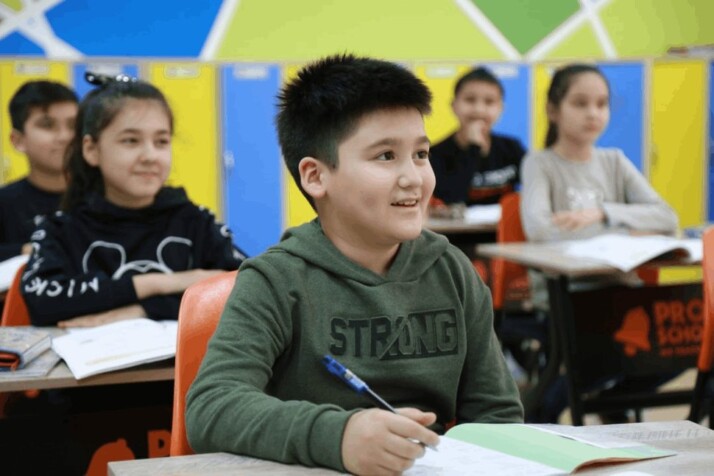Plagiarism in education is frowned upon by most writers. It’s an integral part of learning to know the severity of plagiarism.
It’s worrisome because students, in a young age, should understand the dire consequences they can face should they be accused of plagiarism. Yet, plagiarism is not only committed by students. Teachers and professors alike are not immune to such violation.
Teachers and professors may commit such offense in many ways. It can be through lecture materials or dissertations for Masters and doctorate degrees. Also, it can involve a teacher using their students work as if their own.
By reading this article, you will find out steps on how to deal with plagiarism in education.

What Is Plagiarism in Education?
Plagiarism is the act of presenting someone’s work or ideas as your own. It’s copying a text with or without their consent, by incorporating them into your work without any acknowledgment. All published and unpublished materials, whether in manuscript, printed, or electronic form, are covered under this definition.
It may be intentional, reckless, or accidental. As defined by the regulations for examinations, intentional or reckless plagiarism is a disciplinary offense.
Plagiarism is a breach of academic integrity. All members of the academic community should acknowledge their gratitude to the authors of the ideas that form the foundation of their own work. It’s an imperative part of intellectual honesty.
Plagiarism occurs when a person appropriates another’s published or recorded thoughts, formulations, or wording without attribution. This is true regardless of whether it is a newspaper article, a political speech, or a college paper.
Furthermore, plagiarism is a form of cheating, particularly in academic settings. It’s where a writing is written through appropriating unattributed material.
How to Prevent Plagiarism in Education?
While there is much discussion on the potential causes of plagiarism, only limited empirical evidence exists regarding academic interventions that may reduce this problem.
Higher education providers are facing an alarming rate of plagiarism cases. The rising availability of information sources that can be easily accessed by student writers has led to an increase in discussion about plagiarism.
Encourage the Use of Plagiarism Software Programs
The use of text matching pieces of software is one way universities have attempted to monitor and control academic integrity. Some researchers have acknowledged that these tools used to detect similarities between text submissions are effective.
Let the Students and Teachers Know About the Severity of Plagiarism
There’s also a good reason to avoid plagiarism, since it’s embarrassing and can define a person’s reputation. A college transcript illustrates who that person is and what they represent by displaying plagiarism.
Applying the principles of good academic practice at the beginning of your university career is one of the best ways to avoid plagiarism. There is more to plagiarism than simply making sure your references are all correct or changing enough words. You have to keep this in mind to make an effective paraphrase of a cited work. It’s about using your academic skills to make your work as good as possible.
As a result, you should avoid plagiarism because you seek top-quality results. Once you understand the principles of source use and citation, you can avoid plagiarism fairly easily.
Properly Cite Sources
Plagiarism isn’t something to be expected at all. In fact, most plagiarism – accidental or unintentional – occurs at the exact time one would expect.
Students are anxious about their grades, pressured by deadlines. Demotivation, personal problems, and various factors adds to their problem when trying to work on activities. The plagiarism that arises too often comes from that.
“Don’t do it” is sometimes easier said than done. The Council of Writing Program Administrators’ statement on best practices provides some simple preventative measures to prevent plagiarism.
Which is why it’s important to teach students how to cite properly. Schools and universities include such a lecture in their curriculum to help combat the prevalence of plagiarism amongst students. As they learn it, they will understand the magnitude of such writing offense should they decide not to cite their sources properly.
To Wrap Up
Education today is drastically different. It is becoming more digitally based. This digital shift has brought with it concerns on how students are receiving the education they crave.
With the increasing number of digital sources to learn from, plagiarism has increased as well. It is important that students take into consideration the ethical implications of using the online sources that they rely on today.
Explore All Plagiarism Checker Articles
Plagiarism in Journalism: Its Meaning and How to Avoid It
Writing is a wide array of interests that covers different professions and passions. In terms of news writing, journalists should…
The Difference Between Plagiarism and Appropriation in Art
People confuse the difference between plagiarism and appropriation. What they don’t understand is that these two terms differ from one…
6 Ways to Write Plagiarism Free Content — A Bloggers Guide
Generating unique plagiarism free content is one of the most important factors for optimizing your content and achieving higher SERP…
Using Plagiarism Checkers for Research Papers
With the web being so vast and expansive, it’s no wonder more, and more people are turning to it for…
6 Best Free Plagiarism Checker Online
What is the best free plagiarism checker today? You might have a paper or assignment due in the upcoming day,…
How to Copy and Paste Without Plagiarizing
The copy and paste function in your word processor is powerful. It can save your lots of time. But it…
